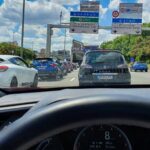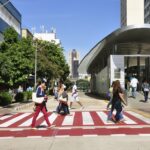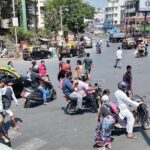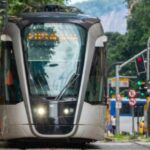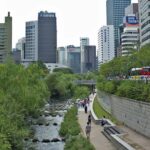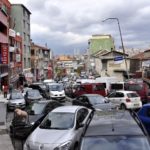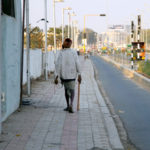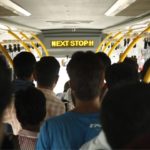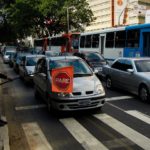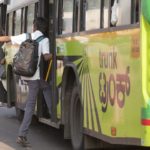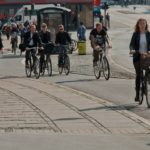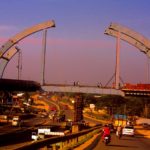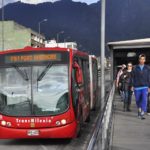Posts tagged with 'car culture'
Daily commutes via car have evolved into more than mere trips – they greatly influence both our mental and physical well-being. Research shows that relentless car journeys don’t just occupy our time, they significantly shape our mood and overall outlook ...

Urban development in many cities around the world prioritizes making space for cars over pedestrians, cyclists or public transportation. In Brazil, this design led to an average of more than 30,000 annual road crash fatalities nationwide by the turn of the century, ...

Most people in India walk – to work, to the market or to the railway station. According to the 2011 Indian census, 48% of people walk or cycle to work every day compared to the less than 3% of people ...

Transportation connects us to one another. It’s how we get to school and work, how we visit our families, and how we access our food and health care. It’s also how we ship goods and deliver services. As economies and ...

Road development throughout the 20th century was based primarily on the premise that more infrastructure eases traffic. But evidence shows that road building, instead of reducing congestion, actually increases traffic. When travel time by car is reduced and convenience increased, ...

The United States’ urban transport mantra of “wider and more roads” dates back to the 1900s and is slowly being phased out for more compact development. However, in Turkey, the sentiment remains alive and well. To demonstrate this, consider Turkey’s ...

Developing countries are projected to gain 2.2 billion new urban residents between now and 2050. Governments and city leaders have a choice: they can develop cities that are sprawled and auto-dependent, or they can develop cities that are connected, compact, ...

This article was originally published in the Deccan Herald on February 25, 2015. After five years of construction, Indore opened one of India’s few bus rapid transit (BRT) systems in May 2013. Operations started with a fraction of the total ...

A century of car-centric urban development has left our cities polluted, congested, and searching for sustainable solutions. Transport Demand Management (TDM) strategies can provide these solutions by combining public policy and private sector innovation to reverse over-reliance on private cars. ...

In many parts of the world, the bus is suffering from a public image crisis. According to a report by the US Federal Transit Administration, many people already look down on public transport in general, and the bus in particular ...

Instead of sitting in gridlock on a busy road at 8:30 am, imagine cycling safely in dedicated lanes for a quick, pleasant commute. Many cities around the world are making investments that will give residents a faster, safer cycling experience ...

Traffic congestion has wide ranging costs, from increasing stress and pollution levels to wasting commuters’ time. A new study released by the Industry Federation of the State of Rio de Janeiro (FIRJAN) confirms that traffic congestion has tremendous economic costs ...

Citizen engagement with elected officials used to be limited to large public meeting halls where the most vociferous voices were often the only opinions heard. The advent of chat rooms and blogs has given citizens a new tool, but few ...

How much money is spent on global transport systems? And where is this money coming from? These are critical questions: The world’s cities will add 274,000 people every day for the next 30 years, and urban leaders are currently grappling ...

Darío Hidalgo is the Director for Research and Practice at EMBARQ and a frequent contributor to TheCityFix. With more than twenty years of experience as a transport expert, consultant, and government official, Hidalgo has taken part in urban transport projects ...







